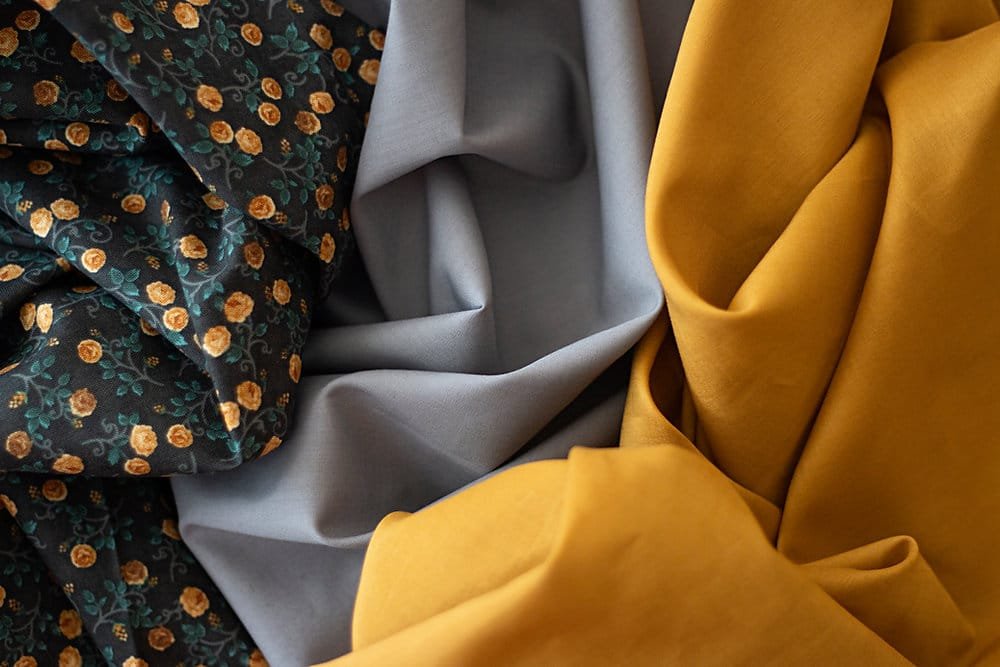
I. Introduction to Poplin Fabric
Have you ever wondered about that smooth, crisp fabric in your favorite dress shirt or summer dress? Chances are, it’s poplin. This versatile fabric has been around for centuries, but what exactly is poplin and how is it made? Let’s unravel the mystery of this popular textile.
Poplin is a tightly woven, durable fabric with a distinctive ribbed texture. It’s known for being lightweight yet strong, making it ideal for a variety of uses. But what gives poplin its unique qualities? The secret lies in how it’s constructed.
Traditionally made from a silk warp and wool weft, modern poplin is typically woven from cotton, polyester, or a blend. The tight plain weave creates a fabric that’s smooth on the surface but strong and long-lasting. No wonder poplin has been a favorite of everyone from medieval nobles to modern fashion designers!
From its origins in 15th-century France to today’s high-tech textile mills, the story of how poplin fabric is made is a fascinating journey through history and technology. Want to learn more? Read on to discover the origins, materials, and manufacturing process behind poplin.
II. The Raw Materials for Poplin Fabric
What exactly goes into making poplin fabric? Let’s take a closer look at the raw materials that give poplin its distinctive qualities.
- Cotton: The most common fiber in modern poplin production. It provides natural softness and breathability, making it perfect for lightweight, comfortable garments. High-quality poplin shirts are often made from long-staple cotton fibers for a smoother, more durable fabric.
- Polyester: Often blended with cotton for wrinkle resistance and quick drying, polyester poplin is ideal for low-maintenance garments.
- Silk: Used in luxury poplin fabrics, silk gives a subtle sheen and softness, echoing poplin’s elegant origins.
- Wool: Less common but used in heavier poplin fabrics for cooler weather.
The choice of raw materials depends on the intended use of the fabric. Crisp cotton poplin is great for dress shirts, while a polyester blend works well for durable outdoor gear. The raw materials set the foundation for the weaving process to come.
III. The Weaving Process: How Poplin Gets Its Signature Look
The secret behind poplin’s smooth feel and subtle sheen lies in its unique plain weave technique:
- Plain Weave: The weft (horizontal) threads pass over and under each warp (vertical) thread in a simple, strong grid pattern.
- Fine Warp Threads: Typically finer and more numerous than the weft threads, creating a smooth surface and a slight ribbed texture.
- High-Speed Looms: Modern looms produce hundreds of yards of fabric per hour, using computerized systems to maintain tension and ensure consistent quality.
- Density Control: The tight weave makes poplin durable, crisp, and shape-retaining. Weave density can be adjusted to create different weights of poplin, from lightweight summer shirts to heavier outerwear fabrics.
Next time you wear a poplin garment, take a moment to appreciate the intricate weaving process behind its creation.
IV. Preparation of Fibers: From Raw to Ready
Before weaving begins, fibers must be carefully prepared:
- Cleaning: Cotton fibers undergo ginning to remove seeds and debris.
- Carding: Aligns and straightens fibers into neat, parallel strands.
- Combing (Optional): Removes shorter fibers for a smoother, higher-quality yarn.
- Spinning: Twists fibers into yarn, balancing strength with softness.
- Warp and Weft Preparation: The warp threads are wound onto beams, while the weft threads are placed on bobbins, ready for weaving.
Each of these steps ensures that the final fabric is high quality and ready for production.
V. Poplin Fabric Manufacturing: From Loom to Fabric Roll
The manufacturing process is where poplin truly comes to life:
- Loom Setup: Warp threads are tensioned on the loom for precise weaving.
- Weaving Process: High-speed looms interlace weft and warp threads, forming the classic plain weave.
- Quality Control: Automated monitoring systems and human inspectors ensure consistency and detect imperfections.
- Finishing Touches: Processes like singeing, mercerizing, and wrinkle-resistant treatments enhance the fabric’s quality and durability.
- Computer-Aided Design (CAD): Modern technology allows for innovative weave patterns and fabric textures.
Through a blend of automation and craftsmanship, poplin is manufactured with precision and consistency.
VI. Finishing Touches: Enhancing Poplin’s Look and Performance
The final processing stages refine poplin fabric for end use:
- Dyeing: Can be done before weaving (for patterns) or after (for rich, uniform colors).
- Printing: Digital printing allows for detailed, vibrant designs.
- Wrinkle Resistance: Special finishes help poplin maintain its crisp look.
- Water Repellency: Treatments create moisture-resistant poplin for outdoor applications.
- Quality Inspection: Every fabric roll is thoroughly checked for defects before reaching consumers.
These finishing touches ensure that poplin is both beautiful and functional.
VII. Conclusion: The Future of Poplin Fabric
Poplin has evolved over centuries, and its future is just as exciting. Key trends include:
- Sustainability: Organic cotton, recycled polyester, and bamboo-based poplin are on the rise.
- Nanotechnology Finishes: Future treatments may offer stain resistance, temperature regulation, and more.
- Smart Textiles: Researchers are integrating electronic components into fabrics. Imagine poplin that monitors health or charges devices!
- 3D Weaving Technology: New techniques may allow poplin to incorporate moisture-wicking or insulating properties.
- Customization: Digital weaving could enable consumers to design their own unique poplin fabrics.
Despite these innovations, poplin’s fundamental weave will remain unchanged. Its versatility and durability ensure its continued popularity in fashion and beyond.
Poplin is more than just a fabric—it’s a testament to the craftsmanship and technology that go into textile production. Whether in classic dress shirts or cutting-edge smart textiles, poplin remains a staple of the fashion and textile industries. Next time you wear a poplin garment, you’ll know the incredible journey behind it!
